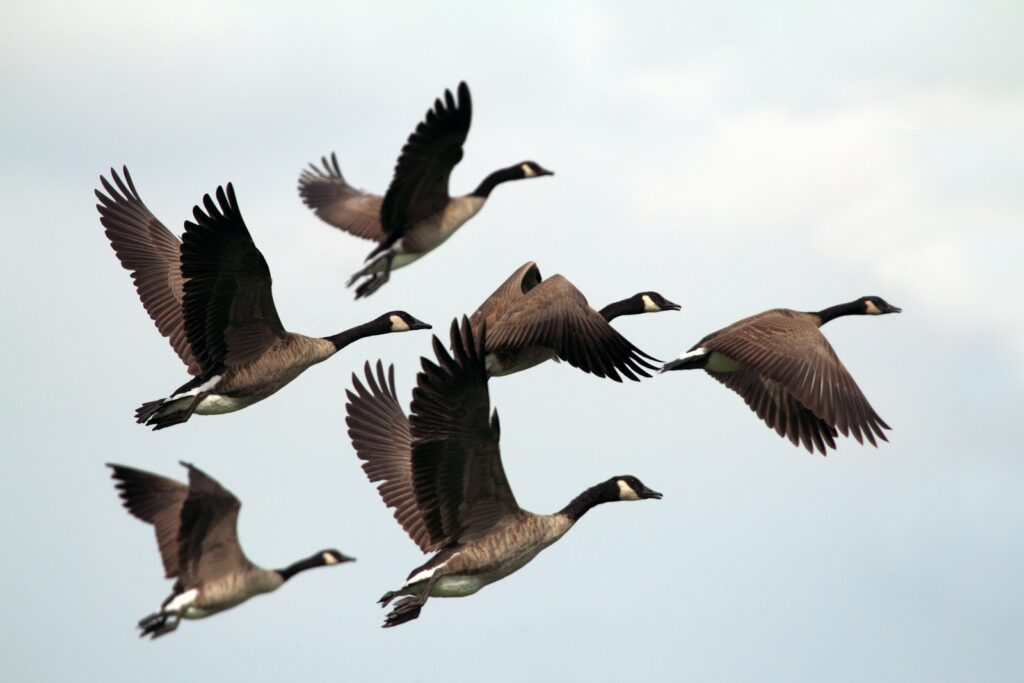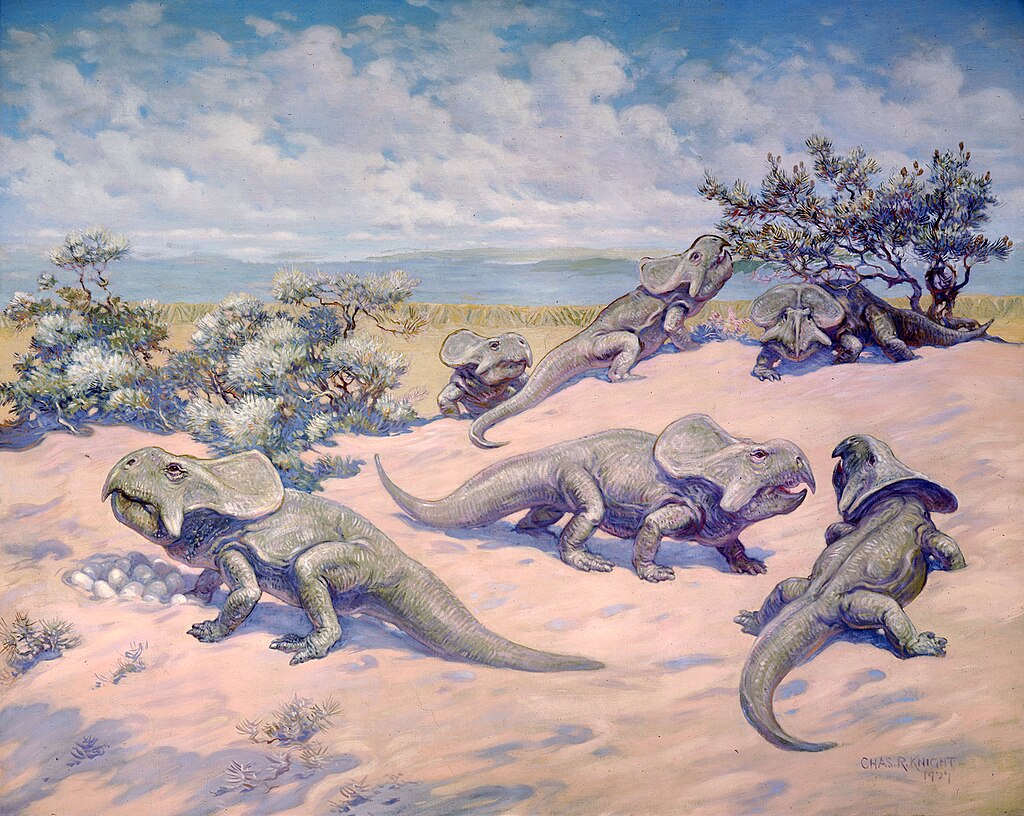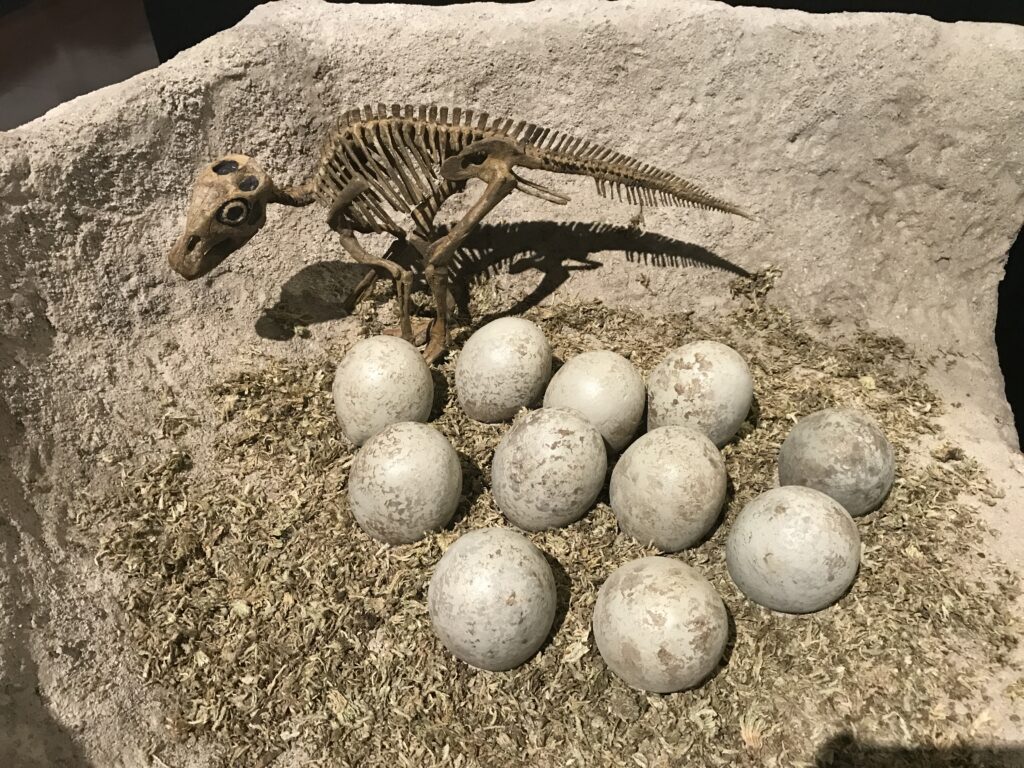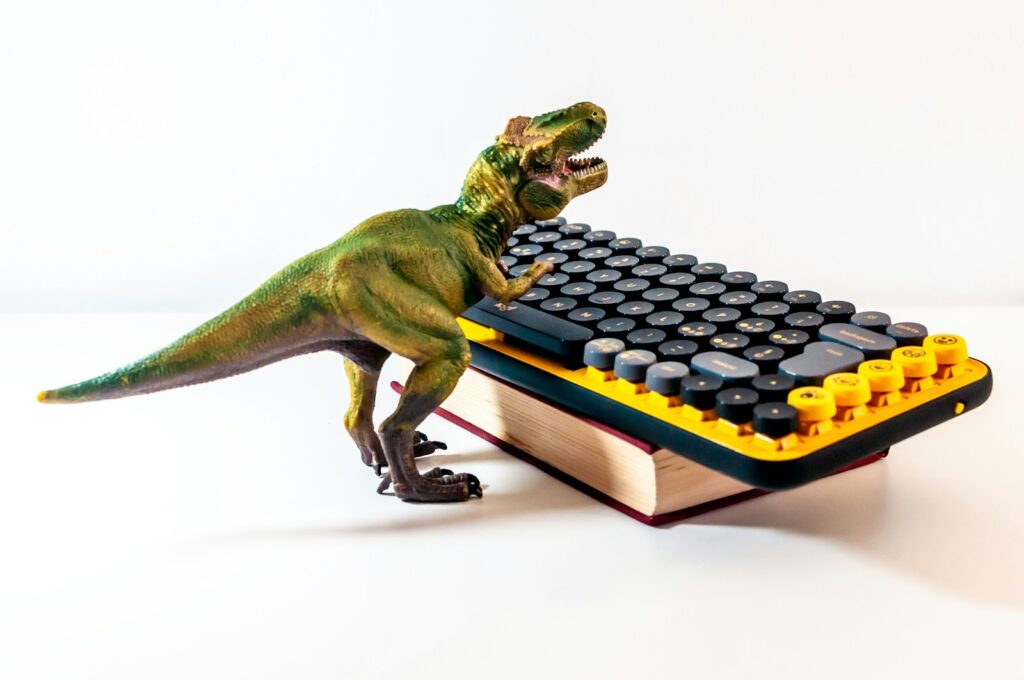From the towering Tyrannosaurus rex to the swift Velociraptor, dinosaurs have captivated our imagination for centuries. While we often focus on their size, ferocity, or extinction, one fascinating aspect of dinosaur behavior frequently overlooked is their reproductive strategies. Paleontological evidence increasingly suggests that many dinosaurs, particularly theropods and other bird-like dinosaurs, constructed nests remarkably similar to those made by modern birds. This evolutionary connection provides a compelling glimpse into the complex behaviors of these prehistoric creatures and strengthens our understanding of the dinosaur-bird relationship. Let’s explore the fascinating world of dinosaur nesting behaviors and how they compare to their avian descendants.
The Evolutionary Link Between Birds and Dinosaurs

The connection between birds and dinosaurs represents one of paleontology’s most significant discoveries. Modern birds are classified as avian dinosaurs, direct descendants of theropod dinosaurs that survived the Cretaceous-Paleogene extinction event approximately 66 million years ago. This evolutionary relationship has been substantiated through numerous fossil discoveries, anatomical comparisons, and genetic research. Careful examination of skeletal structures reveals shared features between theropods and modern birds, including hollow bones, wishbones, and three-toed feet. These similarities extend beyond physical characteristics to behavioral traits, with nesting behaviors providing some of the most compelling evidence of this evolutionary continuum. The discovery of fossilized nests has allowed paleontologists to reconstruct how dinosaurs reproduced and cared for their young, revealing striking parallels to modern avian strategies.
The First Discoveries of Dinosaur Nests

The first significant dinosaur nest discoveries occurred in the 1920s when the American Museum of Natural History expedition, led by Roy Chapman Andrews, uncovered numerous fossilized eggs in Mongolia’s Gobi Desert. These eggs were initially attributed to Protoceratops but later identified as belonging to Oviraptor, a feathered theropod dinosaur. The discovery was revolutionary, providing the first concrete evidence that dinosaurs laid eggs rather than giving birth to live young. Subsequent expeditions throughout the 20th century unearthed additional nest sites across multiple continents, including spectacular finds in Argentina, Montana, and China. These discoveries gradually painted a more comprehensive picture of dinosaur reproductive behaviors, challenging earlier perceptions of dinosaurs as simply reptilian in their approach to reproduction and parental care. Each new nest discovery has added valuable pieces to the puzzle of dinosaur biology.
Oviraptor: The “Egg Thief” That Was Actually a Parent

The Oviraptor presents one of paleontology’s most ironic misunderstandings. When first discovered in Mongolia in 1924 atop a nest of eggs, it was named “egg thief” based on the assumption it was raiding a Protoceratops nest. Decades later, further discoveries revealed these were actually the Oviraptor’s own eggs, transforming our understanding from presumed predator to devoted parent. Modern analysis shows that Oviraptors arranged their eggs in circular patterns remarkably similar to those of modern ground-nesting birds. The positioning of adult specimens suggests these dinosaurs brooded their nests, sitting atop their eggs to provide warmth and protection just as many modern birds do. Some fossils even show adults with their limbs spread in brooding position, having perished while protecting their clutch. This evidence dramatically illustrates the parental behaviors shared between certain dinosaurs and modern birds, demonstrating evolutionary continuity in reproductive strategies.
Maiasaura: The “Good Mother Lizard”

Discovered in Montana during the 1970s by paleontologist Jack Horner, Maiasaura nests provided revolutionary evidence of parental care among dinosaurs. The name Maiasaura, meaning “good mother lizard,” reflects the remarkable parental behaviors evidenced at these excavation sites. These duck-billed dinosaurs constructed large, bowl-shaped nests approximately 2-3 meters in diameter, arranged in colonies with nests spaced about 7 meters apart—suggesting a communal nesting behavior similar to many modern bird species. Analysis of fossilized Maiasaura eggs and hatchlings suggests these dinosaurs continued caring for their young after hatching, bringing food to the nest rather than abandoning their offspring. The teeth of hatchlings show wear patterns indicating they remained in the nest while adults likely brought vegetation to them. This level of parental investment more closely resembles bird behavior than that of most modern reptiles, challenging long-held assumptions about dinosaur parenting strategies.
The Structure and Architecture of Dinosaur Nests

Dinosaur nests exhibit remarkable diversity in their construction, reflecting the various species’ adaptations to different environments and predator pressures. Many theropod dinosaurs, including Troodon and Oviraptor, arranged their eggs in circular patterns with the narrower ends pointing toward the center—a configuration virtually identical to modern bird nests. Some dinosaurs, particularly larger sauropods, appeared to dig shallow depressions in which they deposited their eggs, sometimes in multiple rings or layers. Others, like certain hadrosaurs, created mound-like structures incorporating vegetation that may have provided heat through decomposition. Therizinosaurs assembled their eggs in clusters within carefully prepared substrates, while some dinosaurs laid their eggs in colonial nesting grounds, suggesting social behaviors around reproduction. The deliberate arrangement of eggs in these structures indicates purposeful nest construction rather than random egg deposition, revealing sophisticated reproductive strategies among various dinosaur lineages.
Egg Arrangements and Clutch Patterns

The arrangement of eggs within dinosaur nests offers vital clues about reproductive behaviors and parental investment. Many theropods, particularly those closely related to birds, positioned their eggs in partially or fully circular patterns. These arrangements enabled efficient incubation as adults could sit centrally while covering all eggs simultaneously. Troodontids and oviraptorids typically laid their eggs in pairs, creating a ringed pattern that maximized contact between the brooding parent and the eggs. Some larger dinosaurs like titanosaurs laid numerous eggs in multiple layers, sometimes containing up to 25 eggs per clutch. Careful examination of these egg layouts reveals they weren’t randomly placed but deliberately positioned in patterns that facilitated survival. The number of eggs in dinosaur clutches varied significantly between species, with some laying just a few large eggs while others produced dozens of smaller eggs—reflecting different reproductive strategies along the r/K selection spectrum similar to variations seen in modern birds.
Evidence of Incubation Behaviors

Several remarkable fossil discoveries provide compelling evidence that many dinosaurs actively incubated their eggs rather than simply burying and abandoning them like most modern reptiles. The most dramatic example comes from Mongolia, where oviraptorid fossils have been found directly atop their nests in a brooding position, with limbs spread symmetrically around the egg clutch. Microscopic examination of dinosaur eggshells reveals pores that would have allowed gas exchange—necessary for embryonic development—but also would have permitted dangerous water loss if not maintained in a controlled environment through parental attendance. Some theropod dinosaurs possessed feathers that would have provided effective insulation for keeping eggs warm during incubation, paralleling modern bird strategies. Studies of nest sediments sometimes reveal traces of organic material that may represent nesting materials used to regulate temperature and humidity. Collectively, these findings strongly suggest that dinosaurs, particularly those most closely related to birds, actively incubated their eggs through direct body contact.
Colonial Nesting Behavior

Many dinosaur species appear to have nested in colonies, much like numerous modern bird species do today. Extensive nesting grounds discovered in Argentina, Mongolia, and North America show dozens or even hundreds of nests concentrated in relatively small areas. These dinosaur nesting colonies likely offered several evolutionary advantages, including increased protection from predators through collective vigilance and defense. At the famous “Egg Mountain” site in Montana, Maiasaura nests were arranged in a pattern suggesting organized spacing between nests—approximately seven meters apart—indicating social coordination during the breeding season. In Argentina’s Auca Mahuevo formation, thousands of sauropod nests have been discovered in distinct layers, representing multiple nesting seasons at the same location over time. This site preference suggests these dinosaurs returned to favorable breeding grounds year after year, a behavior known as nest site fidelity that is common among modern colonial nesting birds like penguins, albatrosses, and flamingos.
Egg Characteristics and Shell Structure

Dinosaur eggs exhibit remarkable diversity in size, shape, and shell characteristics that often correlate with specific nesting strategies. The eggs range dramatically in size, from the relatively small eggs of some theropods (about the size of chicken eggs) to the massive eggs of large sauropods that could reach nearly 20 inches in length. The shell microstructure of dinosaur eggs reveals specialized adaptations, with pore systems that balanced the embryo’s need for oxygen with water conservation requirements. Many theropod eggs possess asymmetrical shapes with one end more pointed than the other—a characteristic shared with modern birds that helps maximize incubation efficiency and prevent eggs from rolling away. Advanced microscopic analysis techniques have allowed paleontologists to identify different dinosaur eggshell types, classified into categories like spherulitic, prismatic, and ornithoid based on their crystalline structure. These variations in egg characteristics reflect the diversity of reproductive strategies among different dinosaur lineages and provide crucial information about their evolutionary relationships.
Nesting Materials and Site Selection

Fossil evidence suggests that many dinosaurs were selective about both their nesting locations and the materials used in nest construction. Some species appear to have gathered vegetation to create nesting mounds, with decomposing plant matter potentially providing heat for incubation similar to modern megapode birds. Sedimentological analysis of nest sites reveals that many dinosaurs selected specific soil types or substrates that offered optimal conditions for egg development, including good drainage and temperature regulation. Certain dinosaur species consistently chose elevated areas for nesting, possibly to avoid flooding, while others preferred sandy soils that allowed for easier egg burial and appropriate moisture levels. Evidence from multiple formations indicates that many dinosaurs returned to the same general nesting areas repeatedly over generations, creating distinctive “egg horizons” in the geological record. This careful selection of nesting materials and sites demonstrates sophisticated reproductive behaviors far beyond random egg deposition, highlighting the complex parental investments made by many dinosaur species.
Parental Care Beyond Incubation

Evidence increasingly suggests that many dinosaurs provided extended care to their offspring after hatching, similar to precocial and altricial care strategies in modern birds. Growth rings in the bones of some juvenile dinosaurs indicate they remained in or near the nest for extended periods, relying on parents for protection and possibly provisioning. The Maiasaura nesting sites in Montana contain hatchlings with leg bones too undeveloped for efficient walking, suggesting these young remained nest-bound while parents brought food to them. Trackway evidence occasionally shows adult and juvenile footprints together, indicating family groups traveling in coordination. Some fossil sites reveal adult dinosaurs apparently killed while protecting nests or young, suggesting significant parental investment and protective behaviors. The extremely rapid growth rates observed in some juvenile dinosaurs would have required substantial nutritional support, likely through direct parental feeding or protection during foraging. These various lines of evidence collectively point to dinosaur parenting strategies that were more bird-like than reptilian for many species, particularly among theropods and ornithischians.
Modern Bird Nests: The Evolutionary Legacy

The nesting behaviors observed in modern birds represent a direct evolutionary continuation of strategies developed by their dinosaur ancestors. Today’s birds display extraordinary diversity in nest construction, from simple scrapes in the ground to elaborate woven structures, reflecting adaptations to different environments and predator pressures. The basic circular arrangement of eggs seen in ground-nesting birds like ostriches and plovers mirrors patterns documented in theropod dinosaur nests from millions of years ago. Colonial nesting behaviors observed in penguins, gannets, and flamingos parallel similar strategies employed by dinosaurs like Maiasaura and certain sauropods. The practice of egg rotation during incubation, common among modern birds to ensure even development, may have originated with their dinosaur predecessors based on the positioning of fossilized eggs. Even specialized behaviors like brood parasitism, where birds lay eggs in other species’ nests, might have evolutionary roots in dinosaur reproductive strategies. This continuity of nesting behaviors across more than 66 million years underscores the significance of these adaptations to reproductive success.
Challenges in Studying Dinosaur Nesting Behaviors

Reconstructing dinosaur nesting behaviors presents significant challenges due to the fragmentary nature of the fossil record and taphonomic processes that can distort evidence. Fossilization requires specific conditions that are relatively rare, meaning only a tiny fraction of dinosaur nests ever became preserved in the geological record. Water currents and other geological processes can rearrange eggs after deposition, potentially creating patterns that don’t accurately reflect the original nest structure. Distinguishing between eggs that were deliberately arranged by parent dinosaurs versus those clustered by environmental forces requires careful sedimentological analysis. Many nesting behaviors leave no direct fossil evidence, forcing paleontologists to rely on comparisons with modern relatives and anatomical inferences. Dating difficulties can complicate efforts to determine whether multiple nests at a single site were contemporaneous (representing colonies) or separated by significant time periods. Despite these challenges, multidisciplinary approaches combining paleontology, comparative biology, geology, and advanced imaging techniques continue to advance our understanding of dinosaur reproductive strategies.
Future Directions in Dinosaur Nest Research

The field of dinosaur nest research continues advancing through innovative technologies and interdisciplinary approaches. Non-destructive imaging techniques like CT scanning and synchrotron radiation are revealing previously inaccessible details about embryonic development within fossilized eggs, including growth patterns and possible incubation periods. Ancient DNA recovery techniques, though still limited for dinosaur remains, hold potential for eventually identifying genetic markers related to parental care behaviors. Geochemical analyses of nest sediments are increasingly sophisticated, potentially revealing nest microenvironments and the presence of organic materials used in construction. Computer modeling approaches now allow researchers to test hypotheses about nest functions, including thermal properties and protection capabilities against predators or environmental stressors. Field research continues in previously unexplored regions, particularly in Africa and Asia, where new discoveries may reveal dinosaur nesting strategies from currently underrepresented species and ecosystems. These advancing methodologies promise to further illuminate the fascinating connections between dinosaur nesting behaviors and those of their modern avian descendants.
Conclusion

The evidence overwhelmingly supports that many dinosaurs—particularly theropods and other bird-like dinosaurs—constructed and maintained nests with remarkable similarities to those of modern birds. From the arrangement of eggs in circular patterns to the practice of brooding, colonial nesting, and extended parental care, these behaviors represent clear evolutionary precursors to strategies employed by birds today. This continuity in reproductive behavior provides yet another compelling link in the evolutionary chain connecting dinosaurs to modern birds. As research techniques continue to advance, our understanding of dinosaur nesting behaviors will undoubtedly become even more nuanced, further illuminating this fascinating aspect of prehistoric life. The nests these ancient creatures built stand as testament to the sophisticated behaviors and evolutionary adaptations that helped dinosaurs dominate Earth’s ecosystems for over 165 million years, leaving a legacy that continues in the birds we see today.


